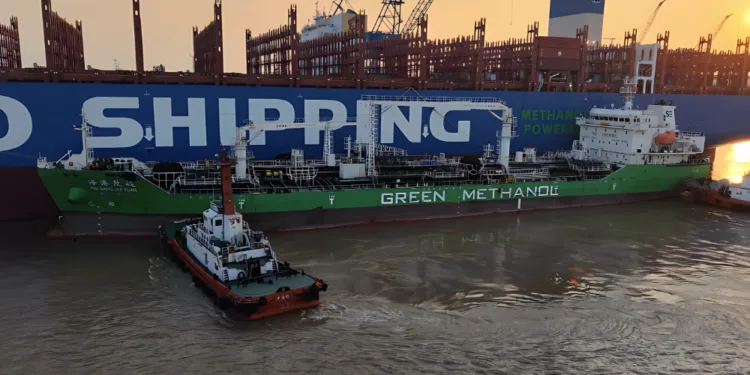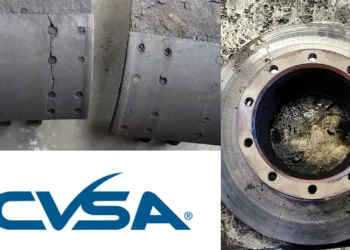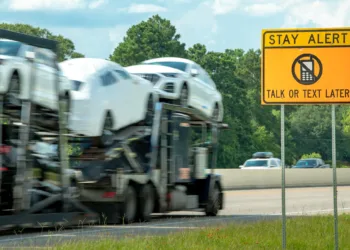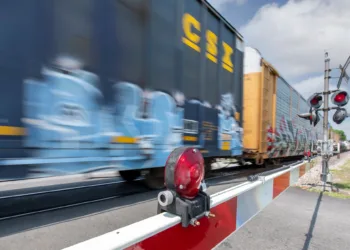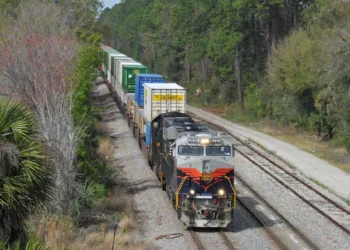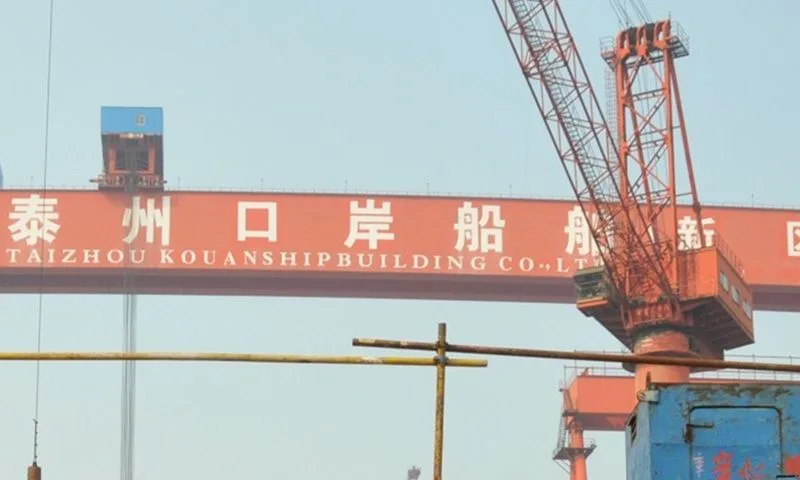Philippos Ioulianou, managing director of EmissionLink, writes for Splash today.
The decision by the International Maritime Organization to delay the Net-Zero Framework by a year has exposed deep divisions. What should have been a coordinated global effort toward decarbonisation has resulted in paralysis at the very moment the industry needs clarity and unity.
The truth is that shipping’s path to net zero has been hampered by over-promised targets for an under-delivered infrastructure. The promise of a smooth, rapid transition simply doesn’t match what is actually happening. We are years away from having the global supply chains, bunkering networks, and safety systems required to support alternative fuels at scale. Yet the rhetoric continues as if the transformation is already underway.
Shipowners are responding with pragmatism. The order book for new vessels has slowed, particularly for ships designed for future fuels. Many owners are delaying investment decisions, opting instead to extend the life of existing fleets until the picture becomes clearer. That is not reluctance; it is realism. As one owner put it recently, “Why commit billions to technology that might change next year?”
Even classification societies are now urging caution. The CEO of ABS recently warned that the industry must make its energy transition “solid and bulletproof” before charging ahead. It’s a message the market understands. Investing in untested technologies or volatile fuel pathways without clear regulation or proven performance risks both capital and compliance.
The debate around LNG shows how complex these choices have become. Once positioned as a transitory fuel, LNG is now under scrutiny for methane leakage and questionable lifecycle emissions. Critics argue it should not even be considered a clean fuel at all, despite its endorsement by the IMO. Yet, LNG is far from disappearing. In reality, it will likely remain part of the energy mix for the next 30 or 40 years, simply because the infrastructure exists and the alternatives are not yet viable.
The same is true for heavy fuel oil and diesel. These fuels still dominate global shipping because they are reliable, available, and supported by decades of engineering expertise. Even with retrofits and efficiency measures, the majority of the world’s fleet will continue to rely on conventional fuels for decades to come.
Meanwhile, China has positioned itself as the frontrunner in methanol and ammonia fuel provision. It has built the production capacity, the engines, and the shipyards capable of delivering methanol-powered tonnage at scale. The IMO’s growing acceptance of methanol plays directly into that agenda. But outside Asia, most markets are nowhere near ready to follow.
What we’re witnessing isn’t failure, it’s the industry finding its balance. Net zero by 2050 remains an important goal, but the path to achieving it will be slower, costlier, and far more complex than the policymakers suggest. The industry needs time to understand which technologies work, how fuels will be supplied globally, and what regulations will actually stick.
At EmissionLink, we see this as a moment to think strategically and provide ship owners with clear, data-driven decarbonisation plans that balance compliance, cost, and practicality. That means understanding evolving regulations, selecting the right retrofit technologies, and mapping out fuel strategies that can adapt over time.
The next few years will not be about speed, but about smart preparation and navigating complexity. The companies that succeed will be those that take a measured approach, by analysing the market, investing in efficiency, and waiting for the right moment to act.
The reality is that the energy transition will take longer and cost more than most forecasts predict. But realism, not rhetoric, will move us forward. Between ambition and action lies a vast sea of uncertainty, and it is in navigating that space that the maritime industry will ultimately find its course.



